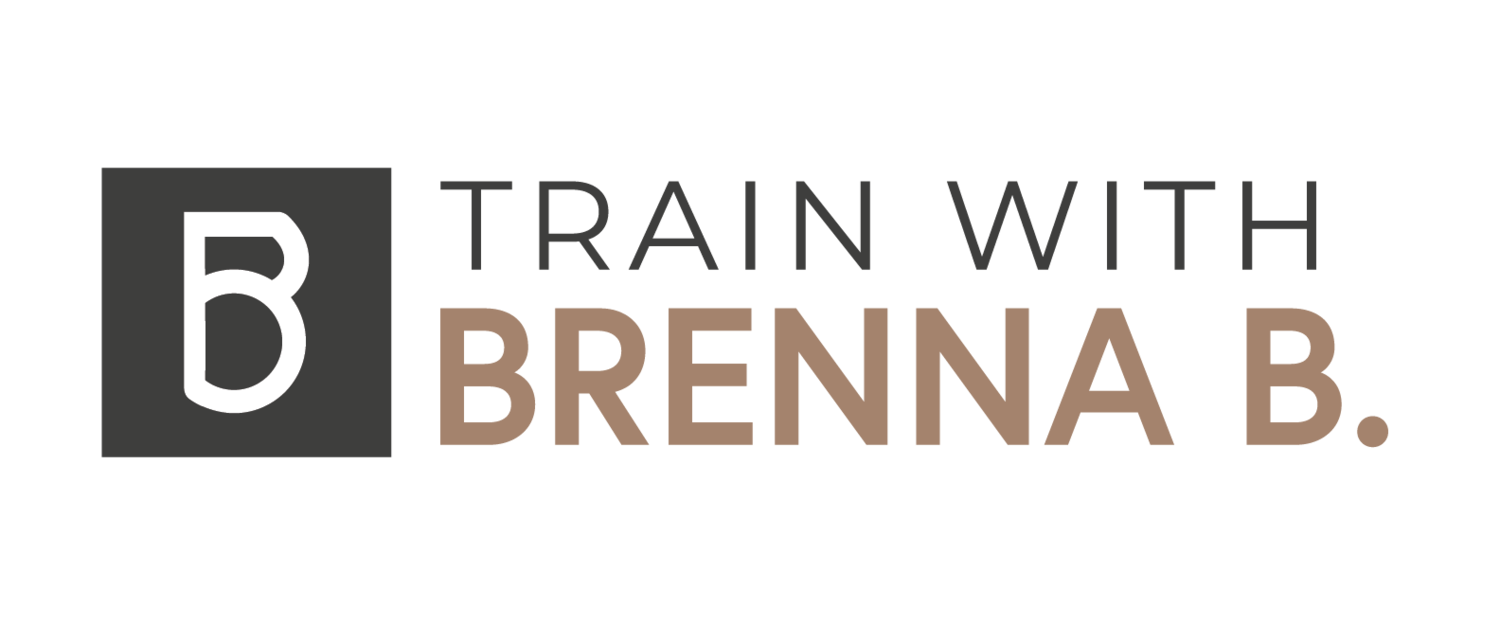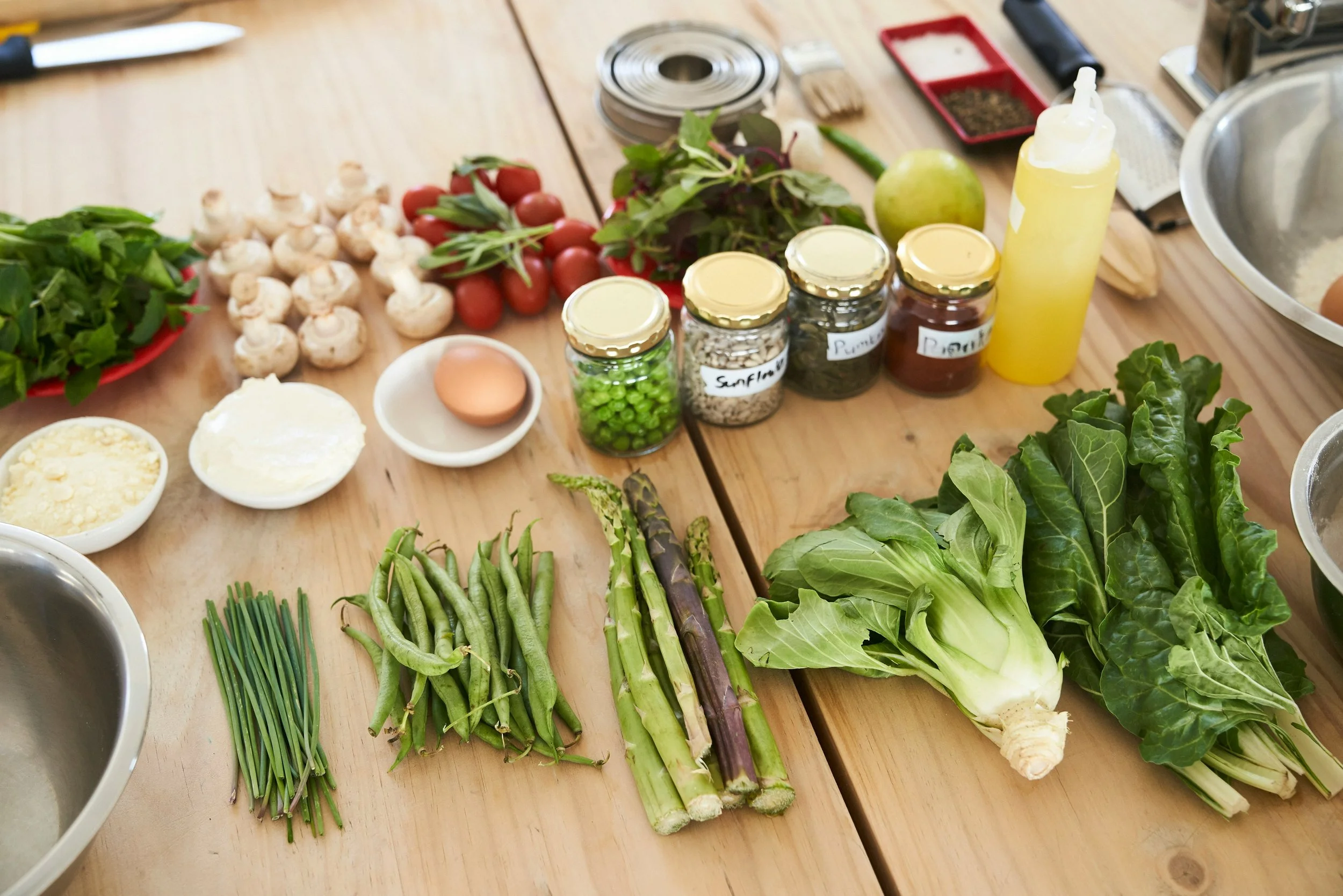100g of Protein Per Day – Simple Meals for Busy Lifestyles.
Can you eat 100g of protein (or more) without using protein powders or shakes? The answer…YES! You absolutely can! Protein powders can be extremely helpful for some individuals (for many they are simply very convenient) but you can absolutely meet your protein goals without relying on protein powders.
Remember even if you like protein powders, supplements (such as protein powders) are meant to be used to fill in the gaps or add value to your nutrition, it probably shouldn’t be your “go-to” source for meeting your nutritional needs (unless otherwise recommended by your doctor, RD, or other health care professional). Instead, try using real foods FIRST before adding in supplements and shakes.
You might be thinking, but how do I consume enough protein without relying on powders? Below you’ll find sample of how you could get 100g of protein per day only using REAL foods. Remember, this is just a starting point. These meals can be adjusted to fit your own needs, preferences, and lifestyle. But first lets start with WHY protein matters.
But First, Why Protein Matters:
By now, I think most of us know that protein helps build muscle. However, it’s also responsible for many other important aspects of your health. Protein helps support your strength & recovery (especially important if you’re active), helps maintain your muscle mass and bone density as we age (especially important for women), helps to stabilize your blood sugar levels which can help you maintain energy, helps you stay more full for longer, and supports your hormones and metabolism.
So How Much Protein Should You Be Consuming:
The amount of protein you need will vary from person to person based on your age, body composition, goals, and lifestyle. Below you’ll find recommend guidelines for a variety of different lifestyles:
For General Health (Minimum Requirement):
0.36 grams per pound of body weight (0.8 g/kg)
This is the Recommended Dietary Allowance (RDA) for sedentary adults—Source: Institute of Medicine (IOM), Dietary Reference Intakes, 2005.
For Active Individuals:
0.54–0.91 grams per pound of body weight (1.2–2.0 g/kg)
This range supports recovery, energy needs, and lean body mass preservation during regular physical activity—Source: American College of Sports Medicine (ACSM), Academy of Nutrition and Dietetics, and Dietitians of Canada Joint Position Stand, 2016.
For Building Muscle (Strength & Hypertrophy Training):
0.73–1.0 grams per pound (1.6–2.2 g/kg)
Higher intakes in this range have been shown to be most effective for maximizing muscle protein synthesis in strength athletes and those in muscle-building phases —Source: Morton et al., "A systematic review, meta-analysis, and meta-regression of the effect of protein supplementation on resistance training–induced gains in muscle mass and strength in healthy adults", British Journal of Sports Medicine, 2018.
For Fat Loss While Preserving Muscle:
0.91–1.41 grams per pound (2.0–3.1 g/kg)
Helps retain lean muscle mass while in a calorie deficit, especially when lifting—Source: Helms et al., Journal of Sports Medicine, 2014 Contest prep recommendations for natural bodybuilders.
What This Might Look Like:
For a 150-lb person (68 kg):
General health: ~54g/day
Active lifestyle: ~81–137g/day
Muscle gain: ~110–150g/day
Fat loss (with training): ~136–211g/day
What 100g of Protein Per Day Looks Like:
100g of Everyday Protein (meat, eggs, dairy):
Breakfast: 2 eggs + 3 egg whites with sautéed spinach and whole grain toasts (~17g)
Snack: 1 oz of cheese + 1 slice of turkey and a serving of whole grain crackers (~12g)
Lunch: 4 oz of grilled chicken with quinoa and roasted broccoli (~35g)
Snack: 3/4 cup of greek yogurt with berries and chia seeds (~15g)
Dinner: 3 oz of canned tuna with brown rice and mixed greens (~21g)
Tip: Remember your protein doesn’t have to come from one source per meal. Combine different sources to increase your protein amounts and create a balanced meal.
100g of Pescatarian Protein (fish, eggs, plants):
Breakfast: 2 eggs muffins with cottage cheese, veggies, plant-based meat or tofu & cheddar cheese (~25g)
Snack: 1 greek style non-dairy yogurt + hemp seeds and berries (~15g)
Lunch: 3 oz of salmon with roasted potatoes and asparagus (~22g)
Snack: ~3/4 cup Lupini beans (~20g)
Dinner: 1.5 cups of lentil soup with a side salad and 1 slice of whole gran bread (~18 g)
Tip: You can buy pre-packed pouches of Lupini beans for convenience or switch it up for edamame.
100g of Plant Protein (tofu, tempeh, lentils):
Breakfast: 1-2 slices of whole grain toast with peanut butter + hemp seeds and berries (~18g)
Snack: quinoa salad with chickpeas, cucumber, and pumpkin seeds (~22g)
Lunch: tofu scramble wrap with spinach, black beans, and avocado (~25g)
Snack: a few dark chocolate almonds (~8g)
Dinner: lentil curry with brown rice and steamed greens (~25 g)
Tip: Layering different plant protein will add up fast. Try adding grains and beans that are higher in protein to give your meals a boost.
Meal Prep Tips:
Meeting your protein goals will easier when you’re prepared. Between work and/or school, appointments, and other responsibilities, life can get pretty busy! Taking time to prepare your proteins (or your meals if you prefer) can help make protein easy accessible and convenient for you. Below are a few meal prep tips:
Batch cook proteins.
Cook proteins in advance that you can use across multiple meals. Think grilled chicken, baked salmon, air-fried tofu, or cooked lentils.
For snacks you can hard boil a few eggs or stock up on items such as greek yogurt, cottage cheese, cheese sticks, edamame etc.
For breakfast, try making a few servings of egg bites or prepare overnight oats.
Pre-chop veggies and fruits
Save yourself time by pre-chopping any veggies or fruits you need for later in the day (or purchased pre-sliced veggies/fruits from the grocery store).
Batch cook sides
Cook any sides that you want to have with your meals such as rice, noodles, beans, quinoa, or potatoes.
Stock up on convenient protein options
Having options like canned tuna, frozen edamame, greek yogurt, and canned beans on hand. These will come in handy when you’re in a pinch or need an extra boost of protein in your day.
Build meals that you can mix and match
Store your components separately and combine in different ways throughout the week. Perfect for building your own protein bowls, salads, and plated meals.
Nutrition Coach Tips:
Remember you don’t have to change your entire routine at once and you can still enjoy your favorite foods! A great place to start is by focusing on one meal. Work on consistently getting about 20-30g of protein in one meal and build it into your regular routine. Once you’ve built consistency, move onto to adding more protein in an additional meal or snack. Focusing on one new habit at a time will ensure greater success than trying to change everything at once.
P.S. Remember weekends count more than you think! Your weekend (Friday night, Saturday, and Sunday) make up approximately 30% of your week. Even if you’re someone who likes to go out, you can still work on your nutrition on the weekends by working the meals you can control (ex: if you’re going out for dinner, make sure you have a healthy breakfast and lunch) and by being mindful of your portion sizes while you’re out.
Looking for more support:
If you’re looking for help, I offer many different services from 1:1 coaching and nutrition plans to affordable programs and ebooks. All of the programs will provide you with the education, accountability, and steps you need to start changing your nutrition habits.
The Complete Package: You’ll get a completely custom training program with personalized nutrition.
Thrive Strength & Nutrition: 4 week program to build strength and foundational nutrition skills/habits.
Thrive Kickstart eBook: a self-paced program with workouts, nutrition, and mindset prompts.
If you found this helpful, you’ll love my monthly emails. I share actionable fitness tips, running and hybrid training advice, nutrition guidance (like this high-protein blog), and more that actually fit your lifestyle.


